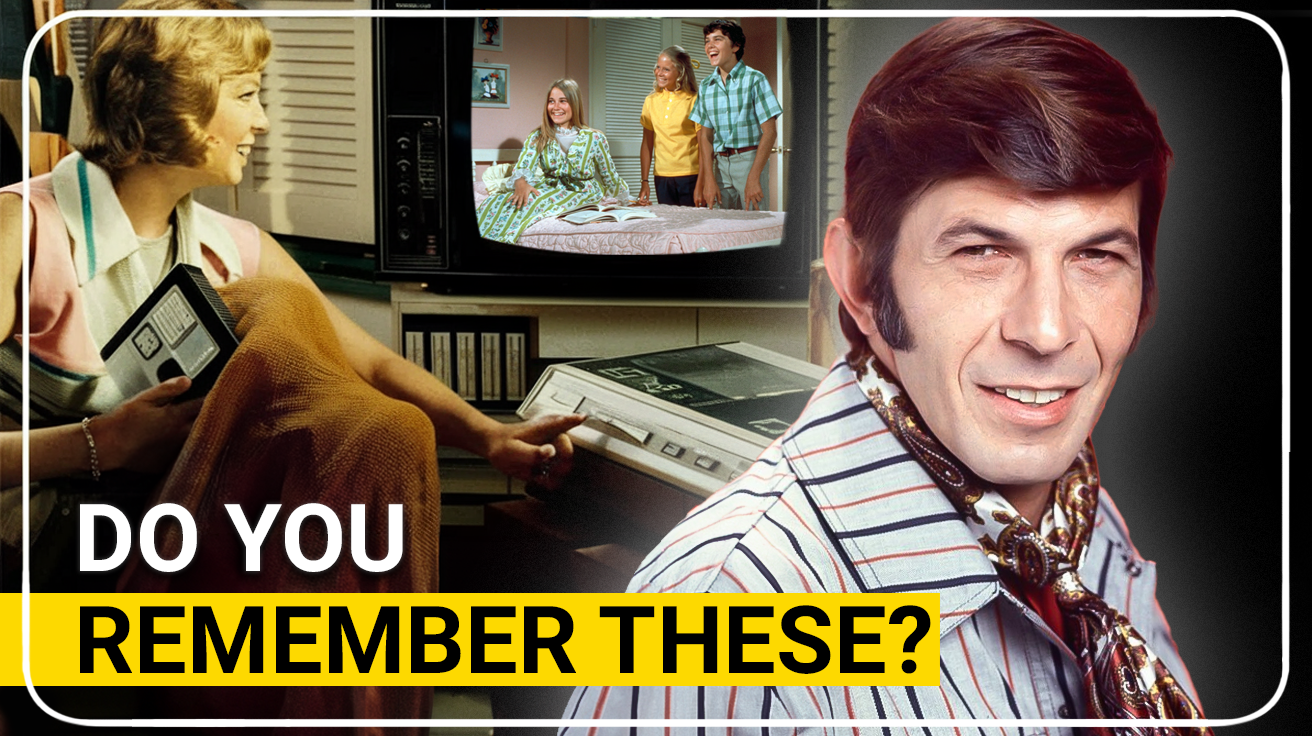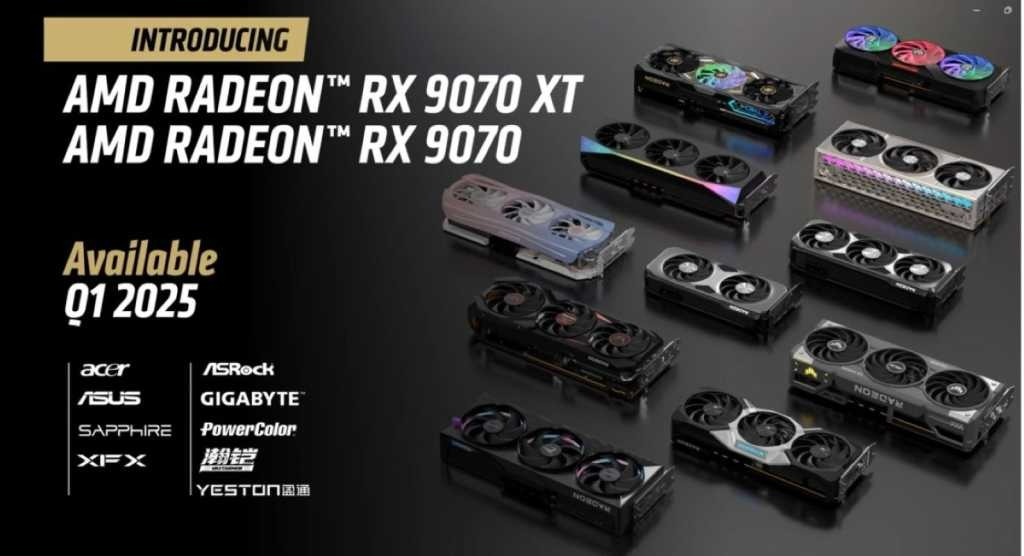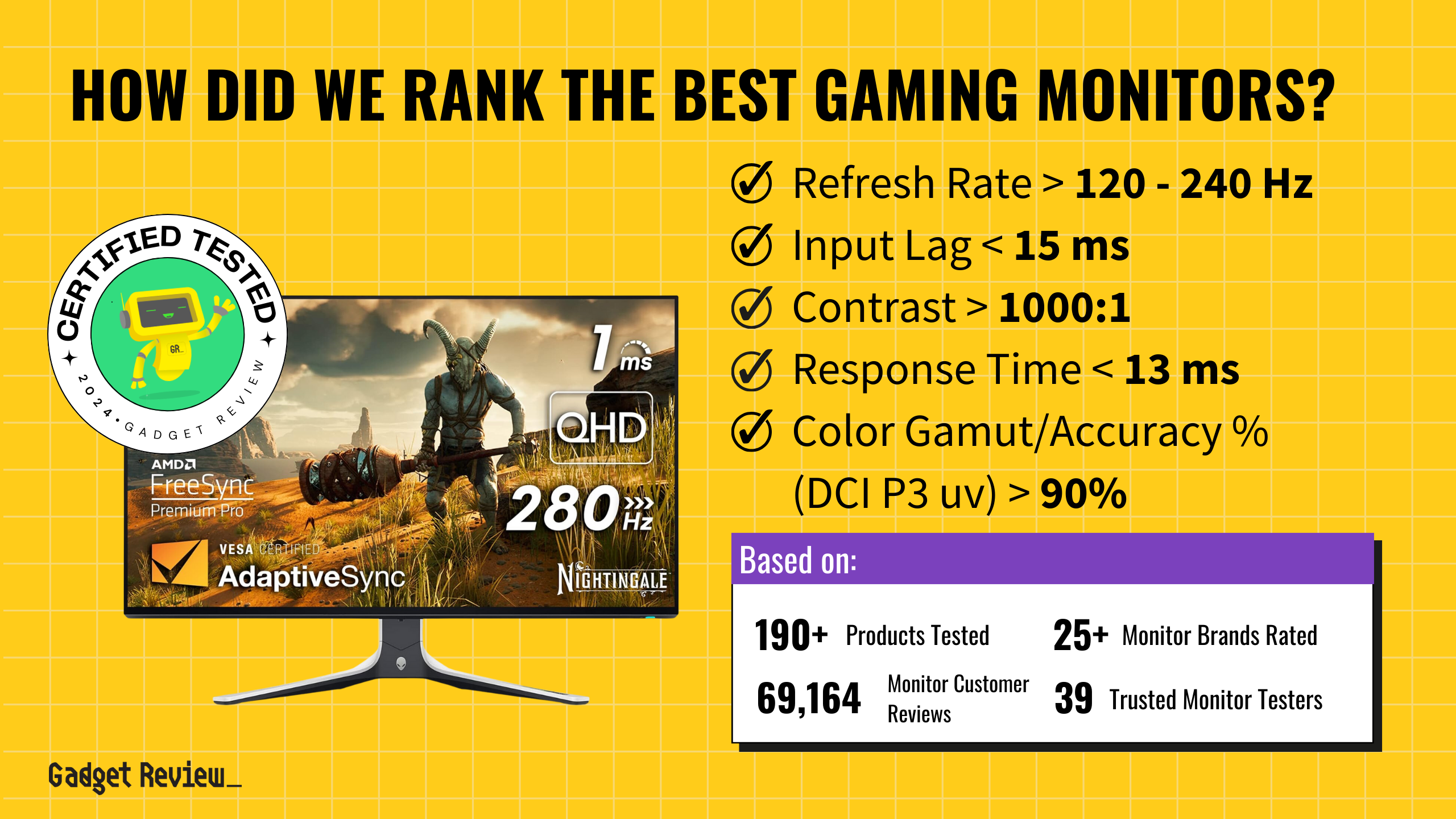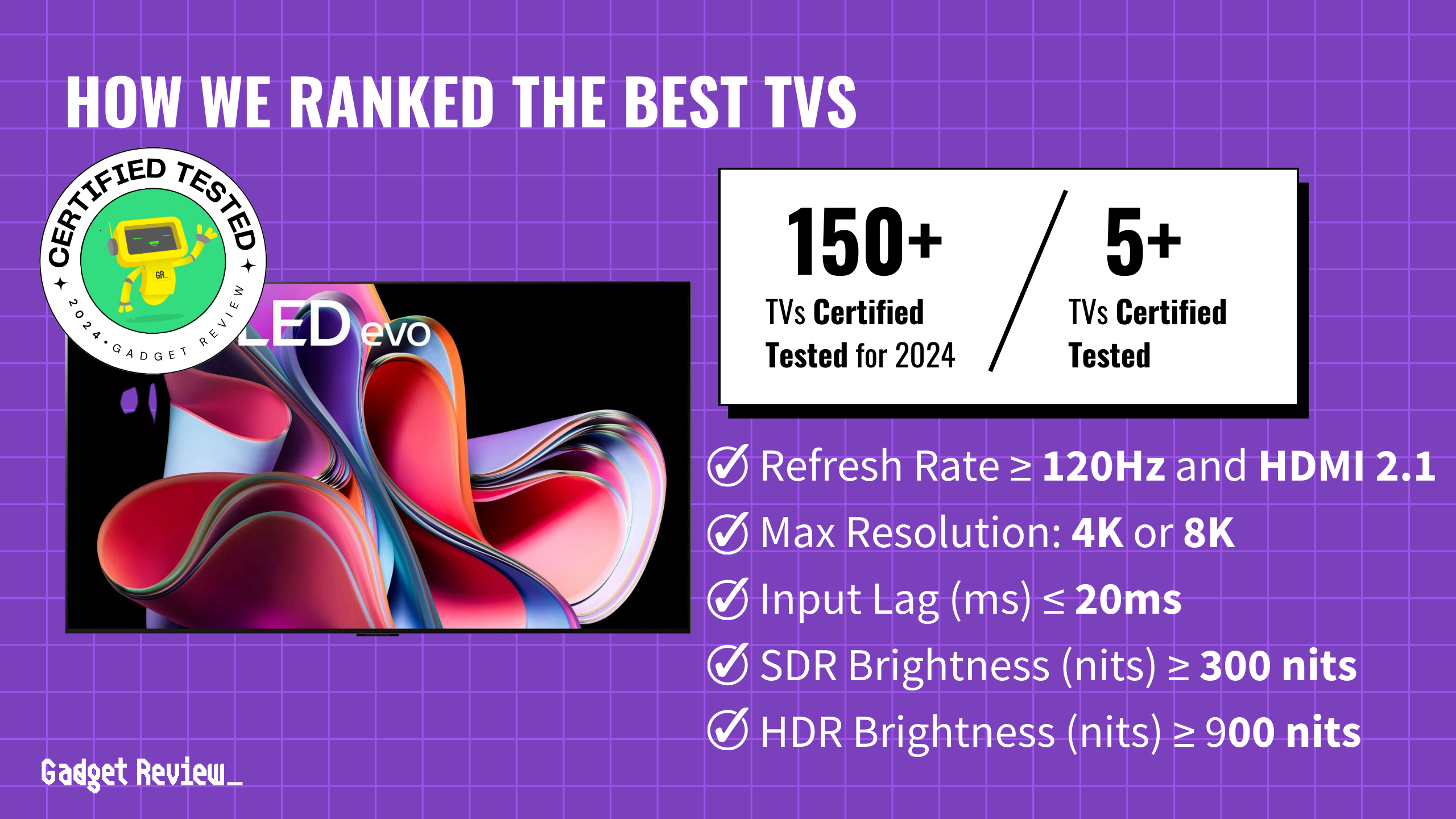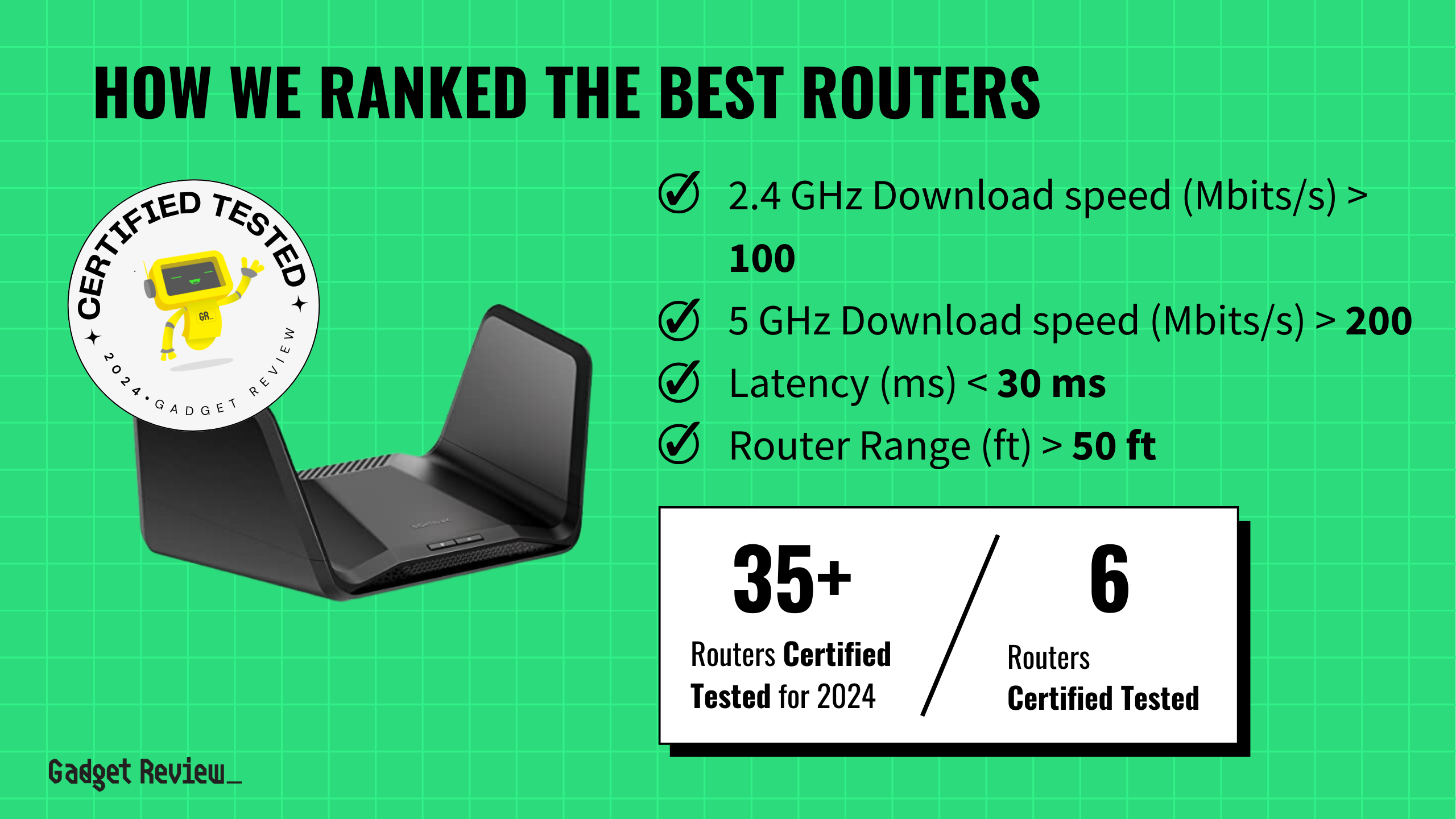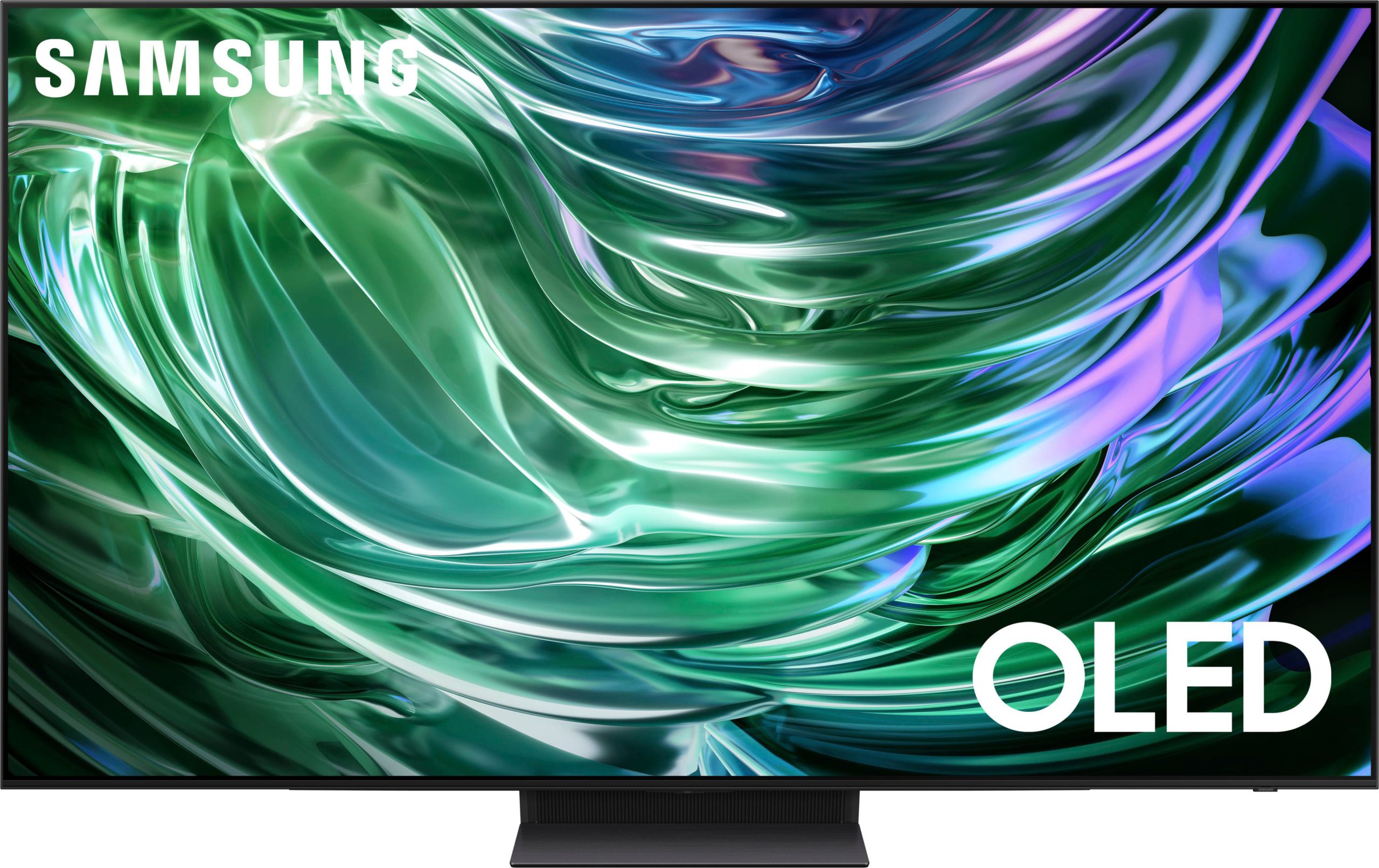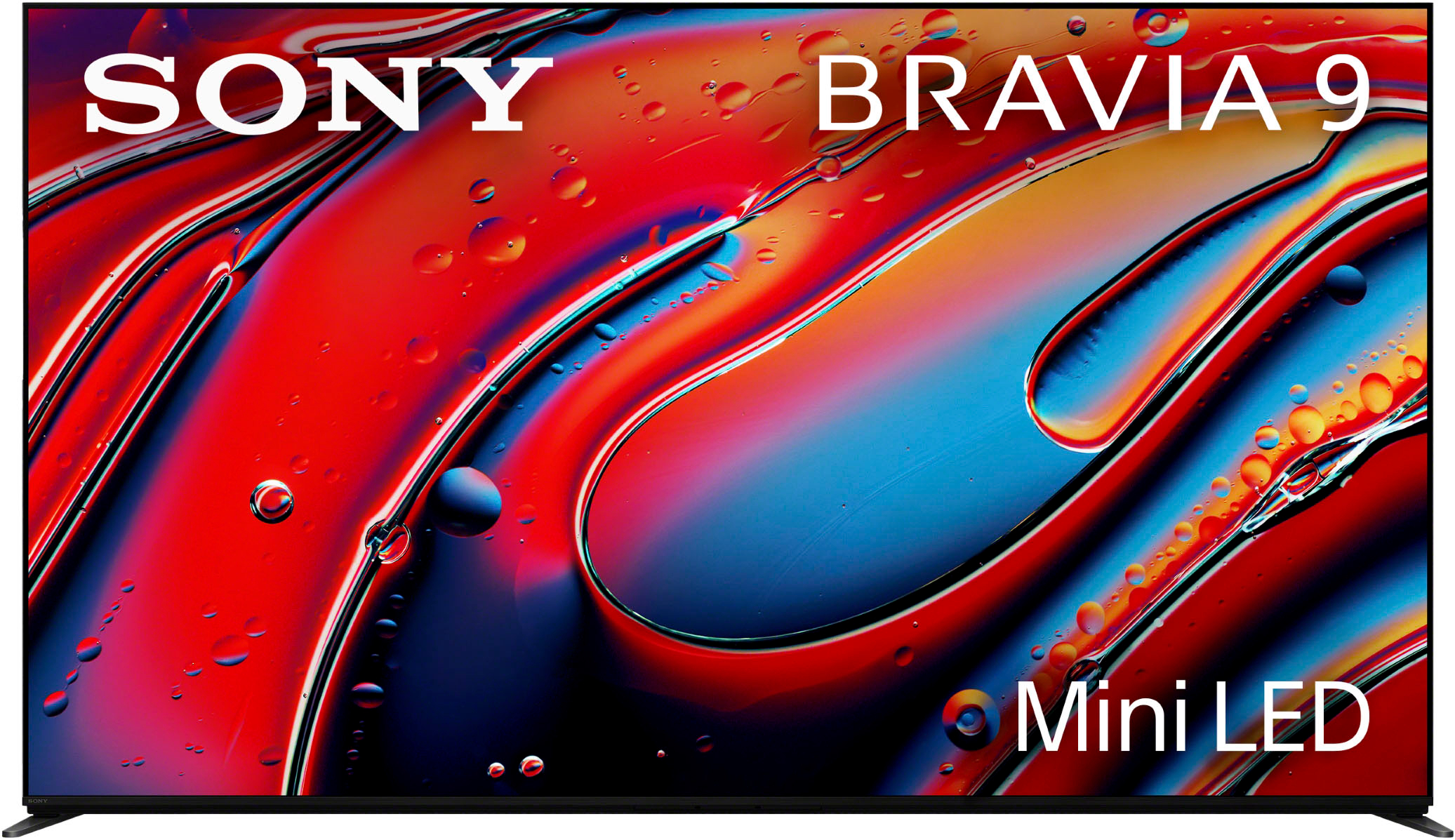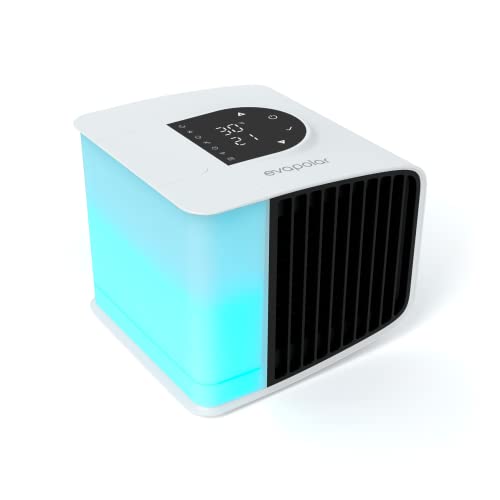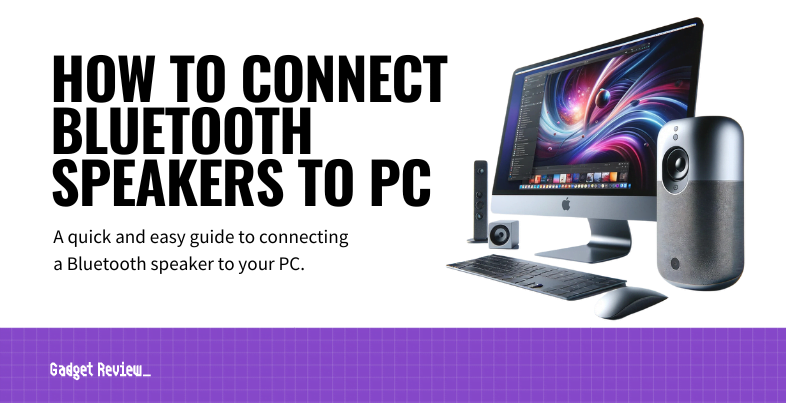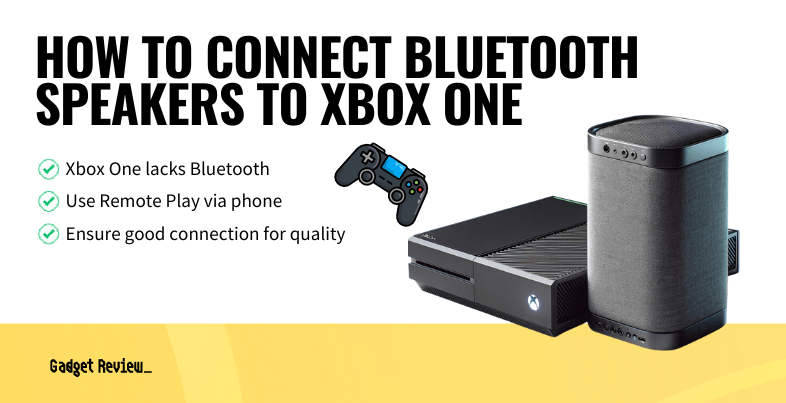The most revolutionary tech innovations happened decades before smartphones existed. While sleek touchscreens dominate today’s landscape, vintage gadgets achieved more with less. The Zenith Space Command freed millions from their TV sets without a single microchip. Palm Pilots organized our lives without the internet. These ingenious devices prove that true innovation transcends processing power.
Progress isn’t always about pixels.
15. Zenith Space Command

Imagine controlling your television from the comfort of your armchair without a single wire connecting you to the set. This futuristic dream became reality in 1956 with the introduction of the Zenith Space Command, the very first wireless TV remote control. This groundbreaking device, a marvel of its time, allowed viewers to change channels and adjust the volume from up to 30 feet away, all without leaving their seats. In an era captivated by the burgeoning space race, the Space Command’s name and wire-free operation exuded a distinctly ‘space age’ appeal. For families of the 1950s, accustomed to manually adjusting dials on the television itself, the convenience of wireless control was nothing short of revolutionary, even if this technological marvel couldn’t quite manage the task of turning the TV on in the first place.
14. Panasonic Home Microwave Oven
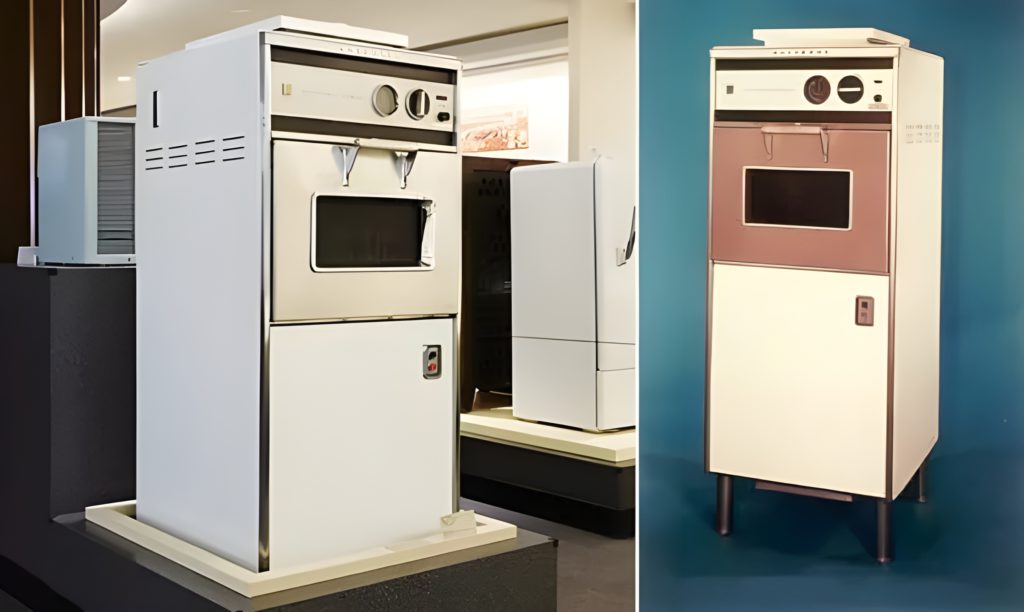
Before the ubiquity of the microwave oven in kitchens worldwide, reheating leftovers or quickly cooking a meal was a far more time-consuming affair. That all began to change in 1966 with the arrival of the Panasonic Home Microwave Oven, a device that democratized microwave technology for the average consumer. While industrial microwaves had existed for decades, Panasonic’s model was the first designed and priced to be genuinely affordable for home use. This pioneering appliance revolutionized home cooking by offering an unprecedented level of speed and convenience in reheating and cooking food. Featuring basic controls and a design intended to fit comfortably within kitchen spaces, the Panasonic microwave, though still considerably more expensive than today’s models, represented a significant price reduction compared to its commercial predecessors. This newfound accessibility dramatically impacted household convenience, ushering in a new era of quicker meal preparation and solidifying the microwave oven’s place as an indispensable kitchen appliance.
13. Palm Pilot
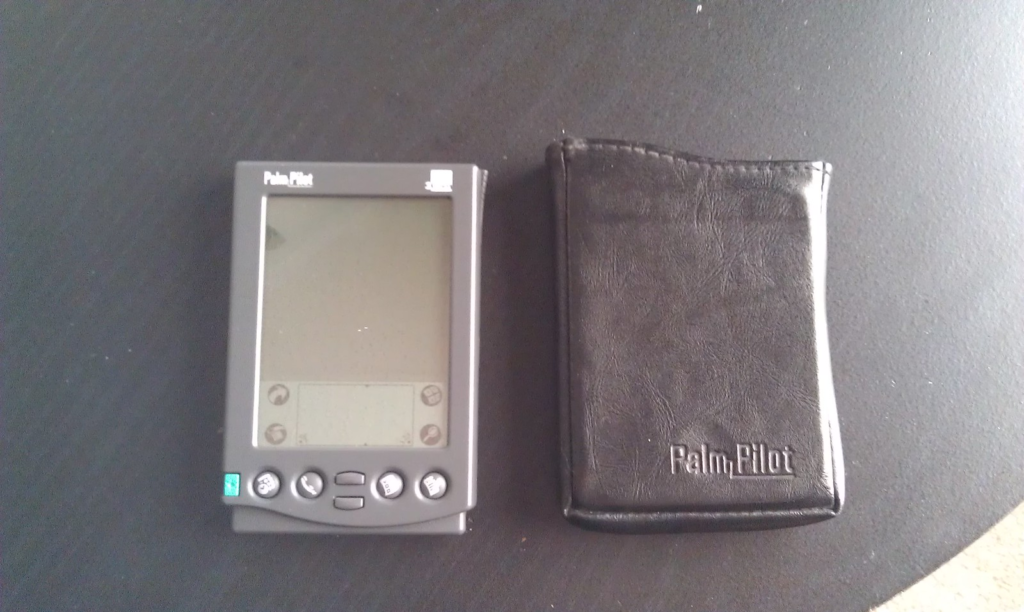
Remember juggling multiple notebooks and calendars? The 1996 Palm Pilot solved that chaos with 128kb of memory and brilliant simplicity. Its innovative Graffiti system turned handwritten scribbles into digital text, while the compact design meant your entire office could fit in a pocket. What began as a business tool evolved into the foundation for modern mobile computing, paving the way for today’s smartphones and tablets.
12. Casio G-Shock
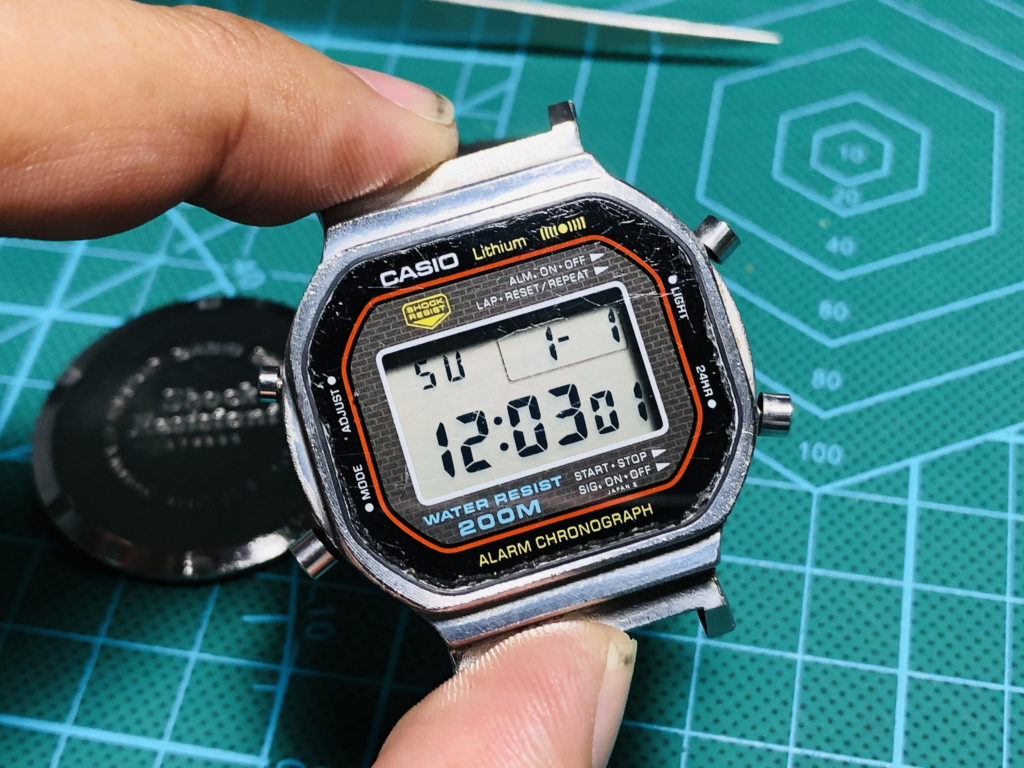
Casio’s 1983 G-Shock DW-5000C emerged from a developer’s simple dream: create a watch that wouldn’t break when dropped. The triple-protection design withstood 10-meter drops while maintaining accuracy, supported by a 10-year battery life and 200-meter water resistance. Want to check the time while skydiving? Now you could. This virtually indestructible timepiece redefined durability standards across the entire watch industry.
11. Canon Positronic Calculator

Imagine doing complex math without reaching for your phone. In 1970, Canon’s Positronic calculator made this possible, weighing just 12 ounces while delivering desktop computing power in your palm. Silent electronic operations replaced clunky mechanical components, while the 8-digit display handled everything from basic math to complex equations. At $395, it wasn’t just a calculator – it represented the first step toward putting computing power in everyone’s pocket.
10. Philips N1500 VCR
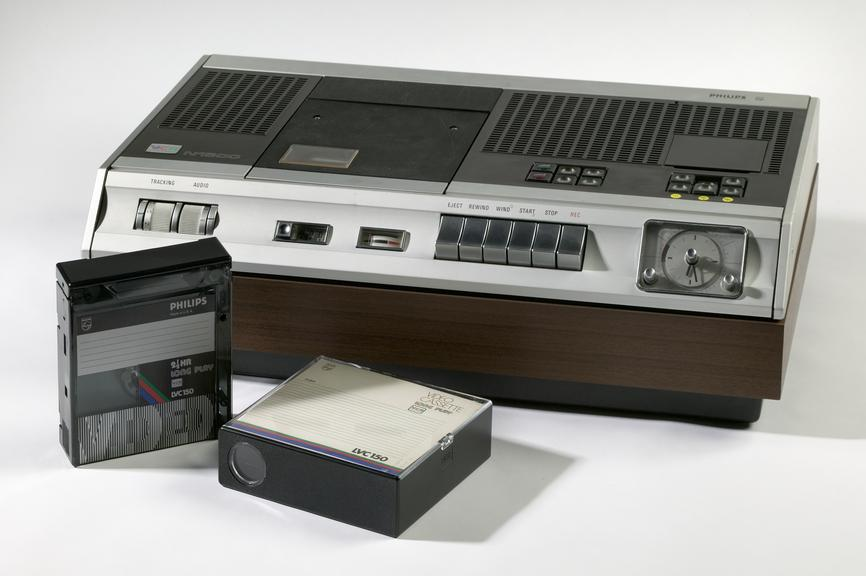
Television viewing changed forever when the 1972 Philips N1500 VCR arrived in living rooms. Finally, you could capture 45 minutes of programming onto $20 magnetic cartridges, freeing viewers from rigid broadcast schedules. Despite the $1,000 price tag, the ability to watch shows on your own time proved irresistible. The N1500 didn’t just record television – it gave people control over their entertainment time for the first time in history.
9. IBM Model 5150
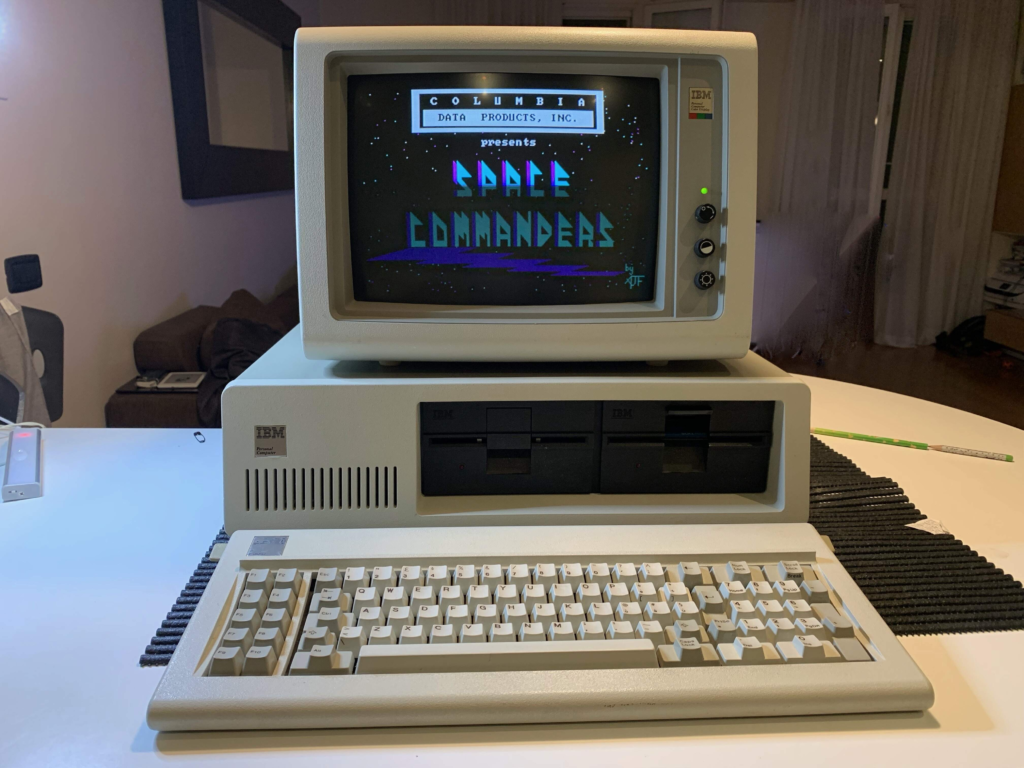
The 1981 IBM Model 5150 wasn’t just another computer – it created the blueprint for modern PCs. Powered by an Intel 8088 processor running at 4.77 MHz with 16KB base memory, this machine brought professional computing home. You could now run the same software as major corporations, right from your desk. The 5150’s open architecture sparked a revolution that would make personal computing accessible to everyone.
8. Apple Macintosh

In January 1984, Apple’s Macintosh made computers friendly for the first time. The 9-inch monitor displayed 512 x 342 pixels through an interface so intuitive that even computer novices felt at home. Powered by a Motorola 68000 processor at 8 MHz, it turned intimidating technology into an approachable tool. The Macintosh didn’t just change computing – it showed that technology could be both powerful and pleasant to use.
7. Nintendo SNES
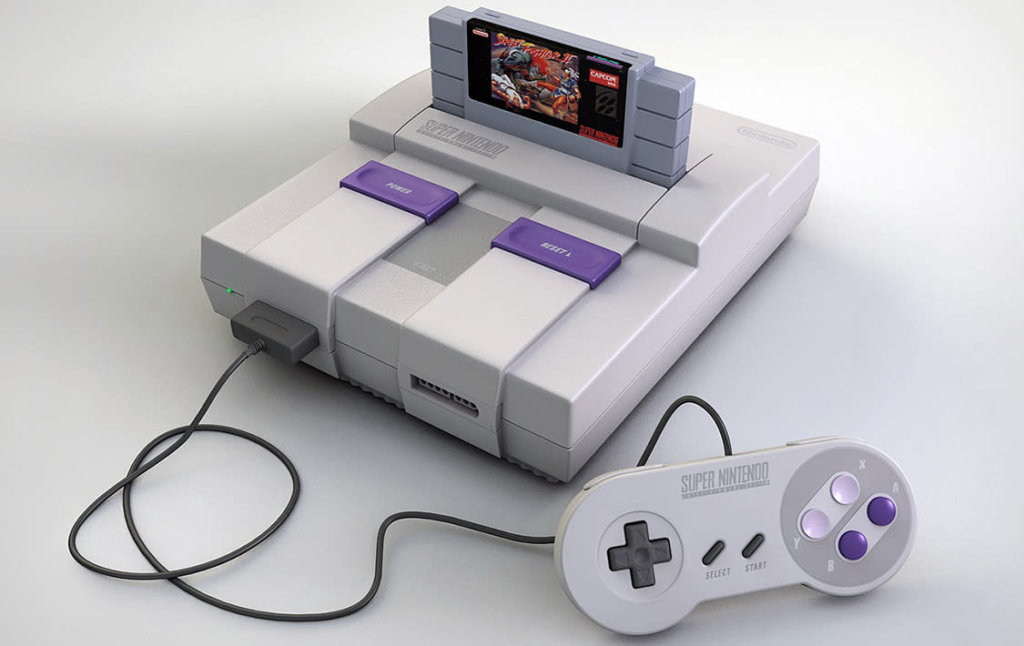
Nintendo’s 1990 Super Nintendo Entertainment System didn’t just play games – it created worlds. Supporting an incredible 32,768 colors and sophisticated audio chips, games became experiences rather than simple diversions. Cartridges packed 6 megabits of data, enabling adventures that would captivate players for hours. The SNES proved that gaming wasn’t just child’s play – it was the future of entertainment.
6. Magnavox MagnaVision Model 8000 DiscoVision Video Disc Player
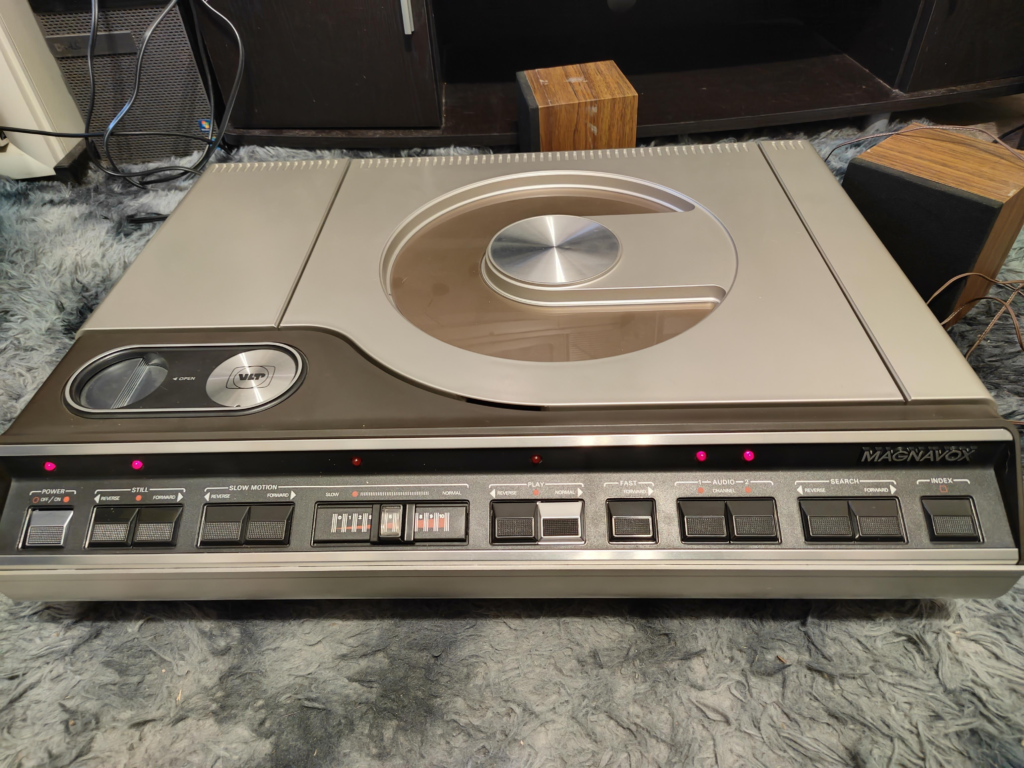
Long before streaming, the 1978 MagnaVision Model 8000 offered a glimpse into video’s future. Its LaserDisc technology delivered stunning 425 lines of resolution across 60 minutes per side, dwarfing VHS quality. The $749 system launched with 200 titles at $15.95 each, attracting videophiles seeking perfect playback. While VHS won the format war, the MagnaVision’s superior quality established standards that would later influence DVD and Blu-ray development.
5. Altair 8800
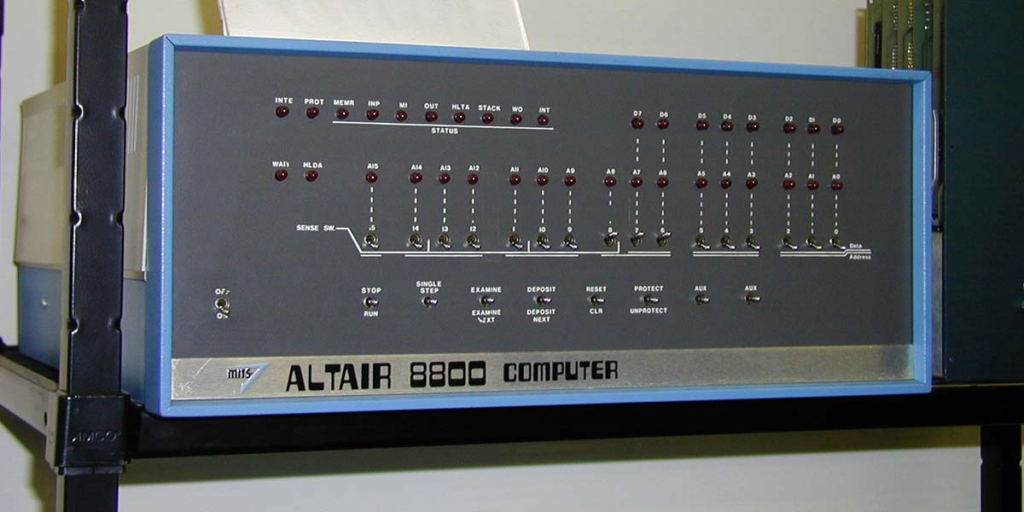
The 1975 Altair 8800 turned science fiction into reality for home technology enthusiasts. Armed with an Intel 8080 running at 2 MHz and 256 bytes of memory, this kit computer sparked imaginations nationwide. For $397, you could build your own electronic brain, provided you had the patience to flip dozens of switches. What looked like a box of blinking lights to some became the catalyst that inspired a generation of computer pioneers.
4. Kodak Brownie Camera
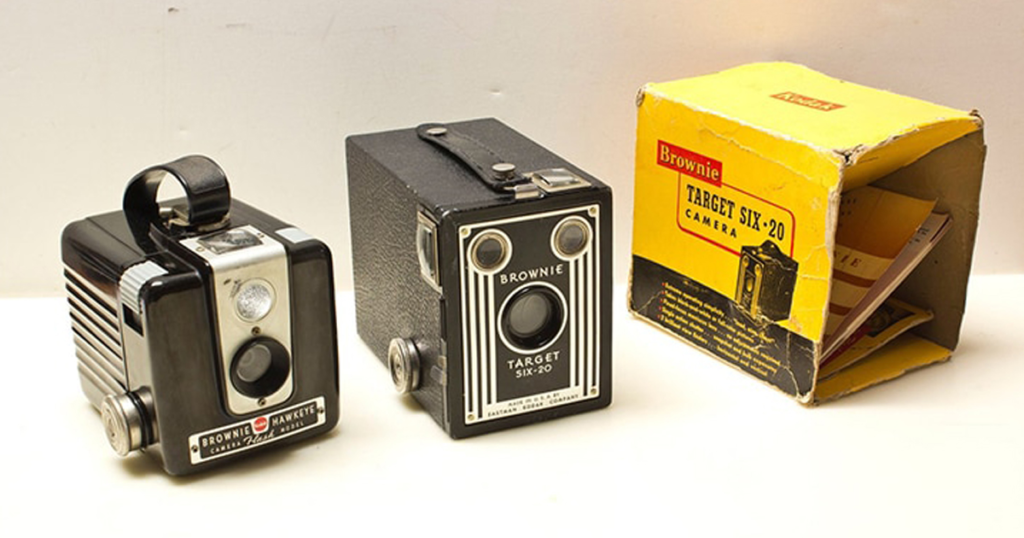
The 1900 Kodak Brownie did something remarkable – it turned everyone into a photographer. At $1 with 15-cent film rolls producing 6 exposures, capturing memories became affordable for average families. The simple design created 2¼ x 2¼ inch snapshots that would fill family albums for decades. More than a camera, the Brownie transformed personal history from something remembered to something preserved.
3. Connectix QuickCam
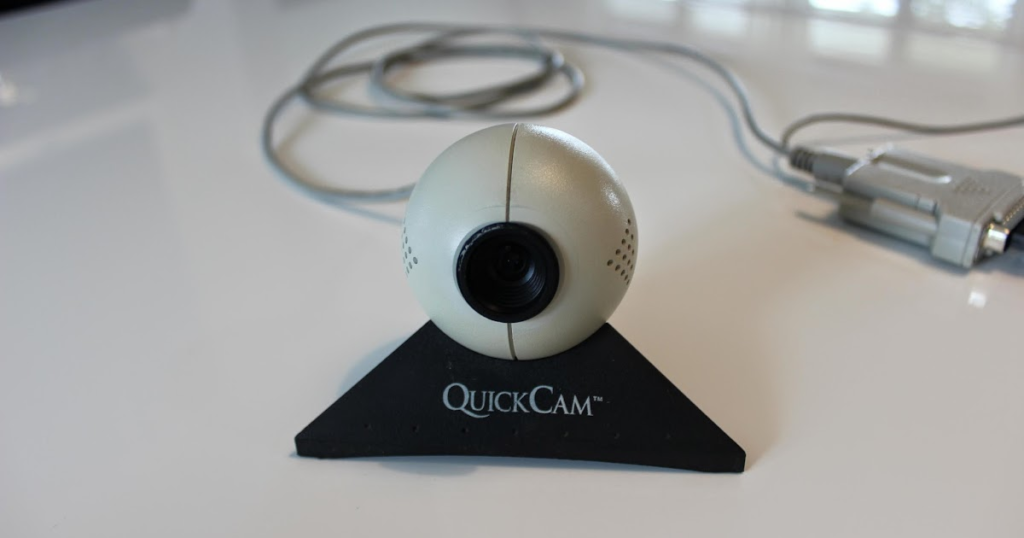
Before Zoom calls were common, the 1994 Connectix QuickCam made digital video accessible. Capturing 320×240 pixel grayscale images at 15 frames per second, this little camera brought science fiction to your desktop. The $99 price tag meant anyone could experiment with video communication. That grainy, choppy video feed might look primitive now, but it opened the door to our video-connected world.
2. Compaq Deskpro 386
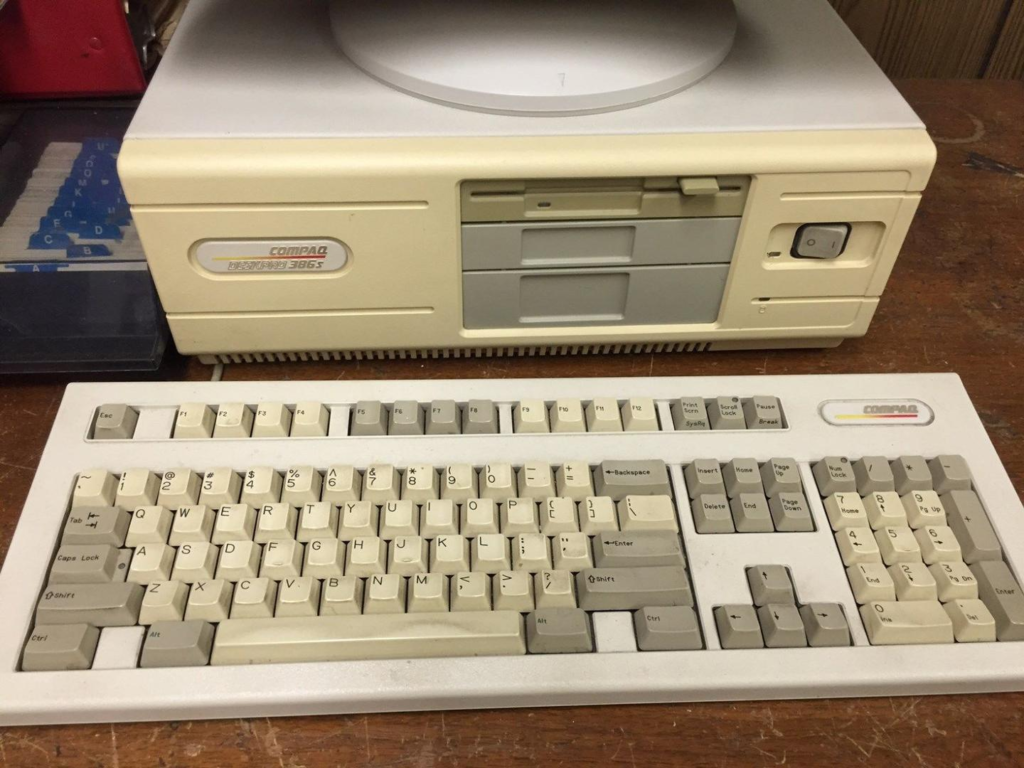
Compaq’s 1986 Deskpro 386 brought minicomputer power to the desktop. The 16 MHz processor managed an impressive 32 MB of memory, while $6,499 bought computing muscle that outperformed competitors by 300 percent. Need to run complex software? The Deskpro 386 handled it with ease. This powerhouse proved that personal computers could match the capabilities of machines many times their size and cost.
1. Motorola MicroTAC
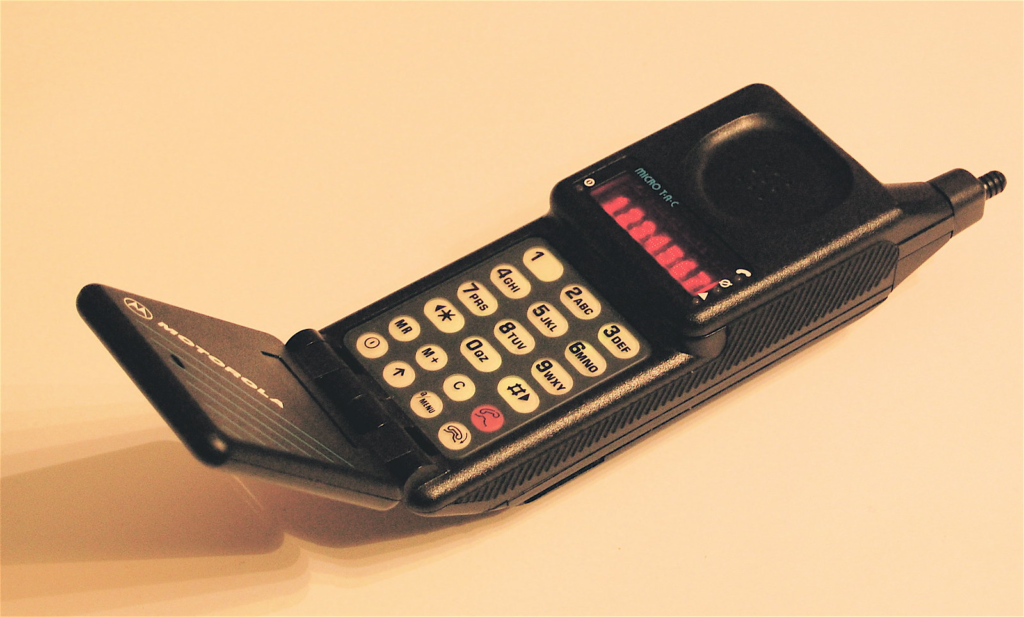
The 1989 Motorola MicroTAC made mobile phones personal for the first time. Weighing just 12.3 ounces with 5-hour standby time, it slipped into pockets instead of requiring a shoulder strap. Yes, the $2,995 price tag raised eyebrows, but the ability to make calls anywhere sparked imaginations. The MicroTAC didn’t just miniaturize mobile phones – it previewed a future where staying connected meant keeping a phone in your pocket.

